Like all racket sports, tennis is all about placing the ball over the net on different areas of a court with variations of speed and spin. For beginner and recreational players, it is worthwhile to know the basic shots in tennis, which will guide them to become good tennis players.
The importance of the basic shots in tennis varies from surface to surface. Like, in a grass court, where the low bounce and high speed are predominant, a good serve and volley player starts a match with a certain edge over the other. The great legend, Roger Federer is an ideal example who holds the record of winning the Wimbledon Singles title eight times. On the other hand, on a slow, bouncy surface like a clay court, we often see longer rallies with players top spinning the ball one after another and also the effective use of drop shots.
What are the 8 Basic Shots in Tennis?
The following are the 8 basic shots in tennis which are basically the different ways of hitting a ball over a net.
- Forehand
- Backhand
- Serve
- Volley
- Half-Volley
- Drop shot
- Lob
- Smash
Forehand
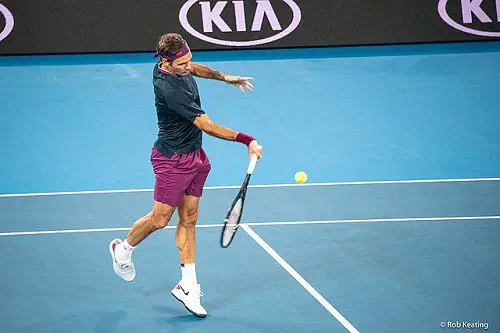
The forehand is the most used shot in tennis. It is also the easiest shot to learn. It is the fundamental stoke that a beginner should start with. In a forehand stroke, the ball is played from your dominant side by swinging the racket across your body with the racket face targeting the length of the stroke. The movement of the racket will be low to high with a forward as well as an upward motion.
You can hit a forehand stroke with the use of topspin, backspin/ slice, or flat. When you topspin a ball, the consistency in your shots is increased and on the other hand, it is hard to return the low bouncy slice shots.
The types of grips for a forehand stroke are continental, eastern, western, and semi-western. If you are looking for more spin, you should have a semi-western grip.
Backhand
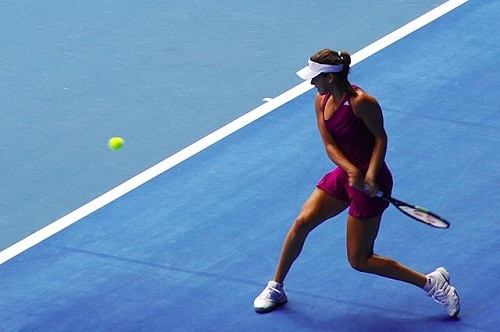
The backhand shot is the opposite of the forehand shot where players hit the ball from their non-dominant side. It is an important shot to master as there is a tendency to attack the opponent by placing the ball on his non-dominant or backhand side.
The backhand shot can be one-handed or two-handed. In a two-handed backhand, you will get more power and control. On the other hand, in a one-handed backhand, you can execute more variations in your shots like a slice shot.
In a two-handed backhand, your dominant hand is placed at the bottom with the non-dominant hand taking its position above the dominant hand. The most common grip is the eastern backhand for single-handed backhand and for two-handed, it is continental of the dominant hand.
Serve
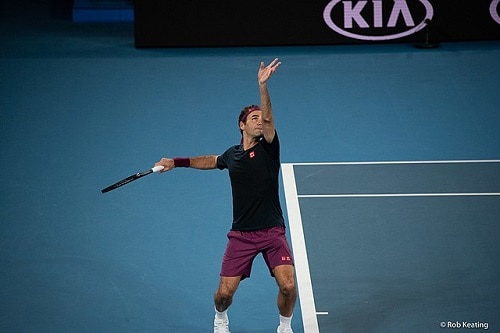
A point in a game starts with a serve. After standing with your feet behind the baseline, throw the ball vertically high in the air and then swing your racket to strike at the highest point possible. You have to angle the ball in such a way (using the continental grip) so that it bounces first on the diagonally opposite service court after crossing over the net.
If there is a fault in your services like a foot fault (Foot touches the baseline) or the ball bounces outside the specified area, you will have one more chance to serve it again which we refer to as a second serve. But if the ball clips the net and is landed within the right area, it is called “let” and you have to reserve it again.
In general, there are three types of service, i.e. flat, slice, and kick. In a flat service, you have to hit the ball with minimal use of spin. The aim of a flat serve is to get the maximum power where the speed of the ball may reach up to 240 km/h.
Both in kick and slice serves, you have to hit the ball with a brushing action to create spin. In the case of a kick serve, topspin comes into action whereas, in a slice serve, you have to brush the ball to produce sidespin.
Volley
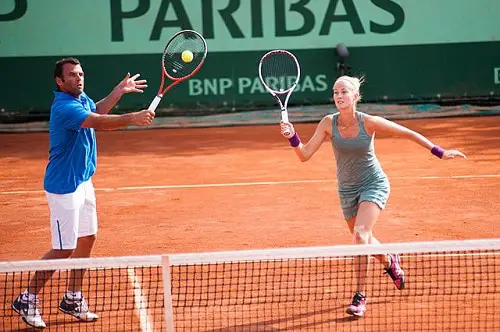
In tennis, a volley is one of the offensive shots when a player takes the opportunity to hit the ball before it bounces on his side of the court. The aim of a volley is to cut down the reaction time of your opponent by making it harder to return. When a player hits a volley near the net ( Which is more common), he has the opportunity to place the ball anywhere in the wide area available by angling the racket’s face.
Volleys are of two types, forehand, and backhand volley, which are taken from your dominant and non-dominant sides respectively. To execute a volley, a player should have good hand-eye coordination. Though the continental grip is common for a volley, some pro players take the use of the eastern forehand grip also.
Half-Volley
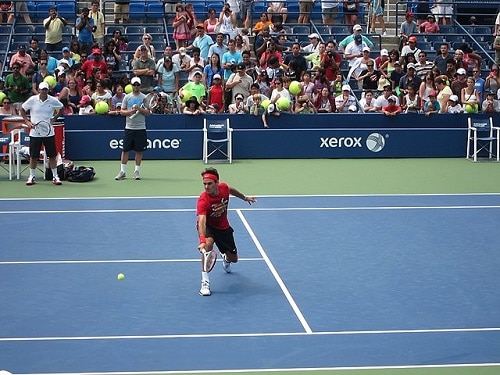
The half-volley is a tennis shot when a player hits a ball just after the bounce. A half-volley is not an easy shot to execute. Timing is important to play this “On the rise shot” properly. For a half-volley shot, you don’t need a full backswing, rather you have to be low to the ball.
Drop Shot
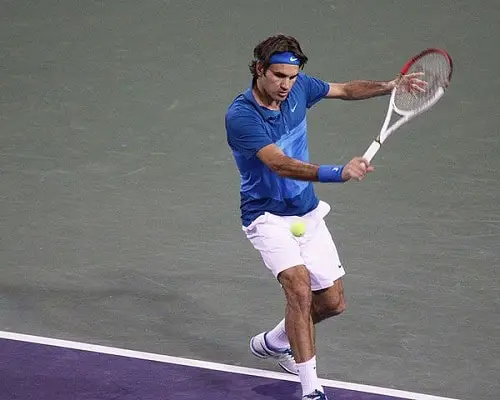
In tennis, the drop shot is used to place the ball very short over the net. In a drop shot, a player strikes the ball softly with the use of backspin or with the combination of backspin and sidespin so that the ball flows bearly over the net. To execute a drop shot, you have to brush the ball from high to low with a short backswing.
The drop shot is more effective when it is played as a surprise element. When there is a longer rally, you can take the advantage of a drop shot to off-balance your opponent to make it difficult for him to reach near the ball before the second bounce. The continental grip is the best for playing a drop shot.
Lob
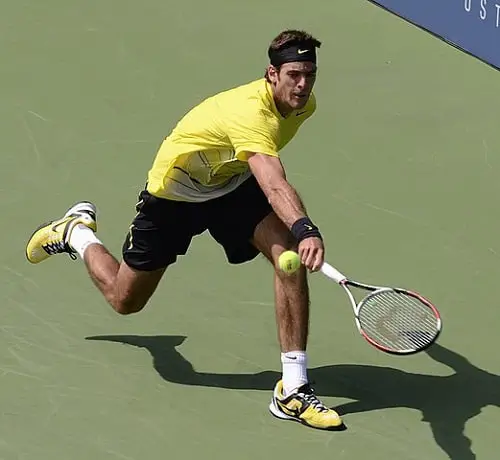
The lob is an offensive/ defensive shot in tennis to place the ball high and deep enough to the opponent’s side. When you find your opponent at the net waiting for an overhead smash, take the use of this offensive lob shot by playing the ball high over his head into the back of the court so that it is not possible for him to reach near the ball. The addition of topspin increases the consistency and effectiveness of this offensive drop shot.
You can use this lob shot in a defensive manner when you need time to position yourself on the court. If you are under attack or out of the court, a high defensive lob gives you the opportunity to rearrange yourself to counter the next shot.
Smash
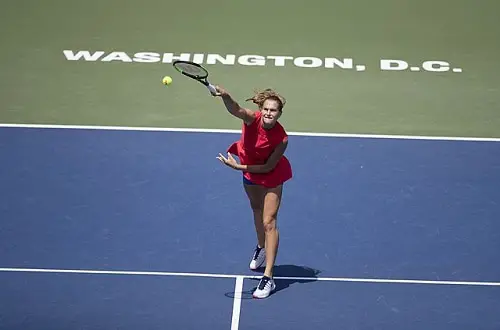
Players use the smash shot, also known as overhead, to take full advantage of a poorly played lob shot. It is an aggressive shot, the action of which looks like a serve-in-motion. An overhead smash is hit over the head and in front of the body with a powerful downward swing of the racket. Like in most tennis shots, the continental grip is the best for an overhead smash shot.
Though the forehand smash is easier to play, pro players use the backhand smash with the angled racket face to finish off a point.

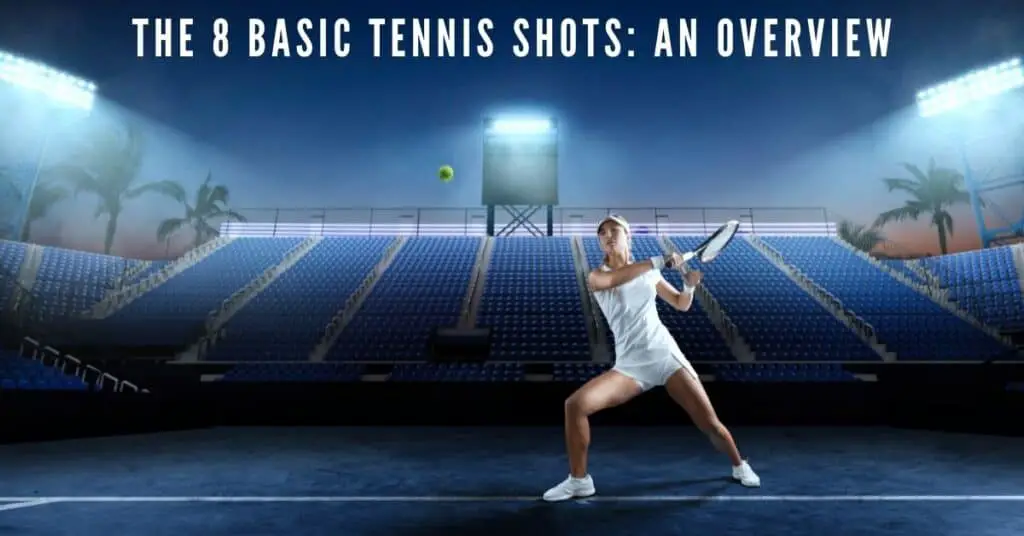
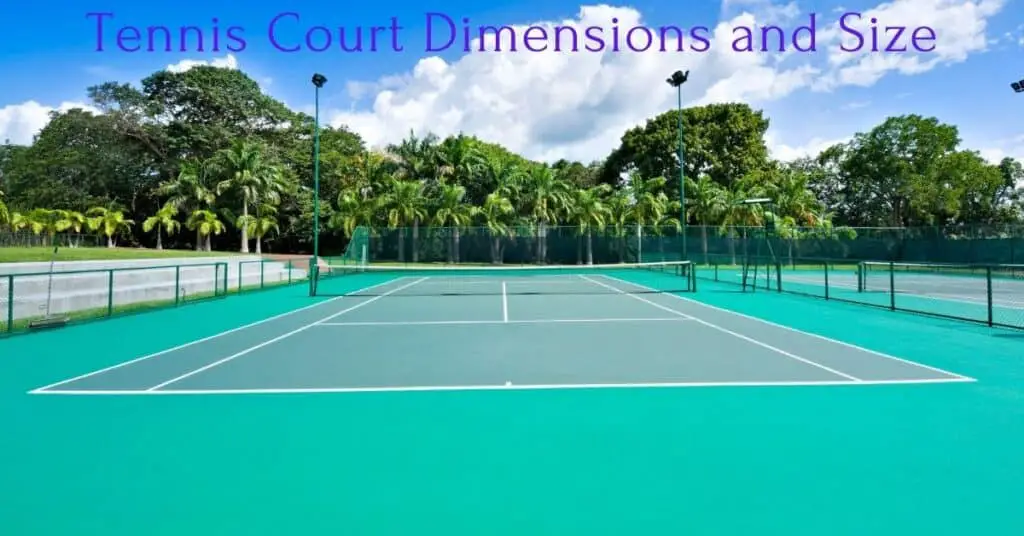
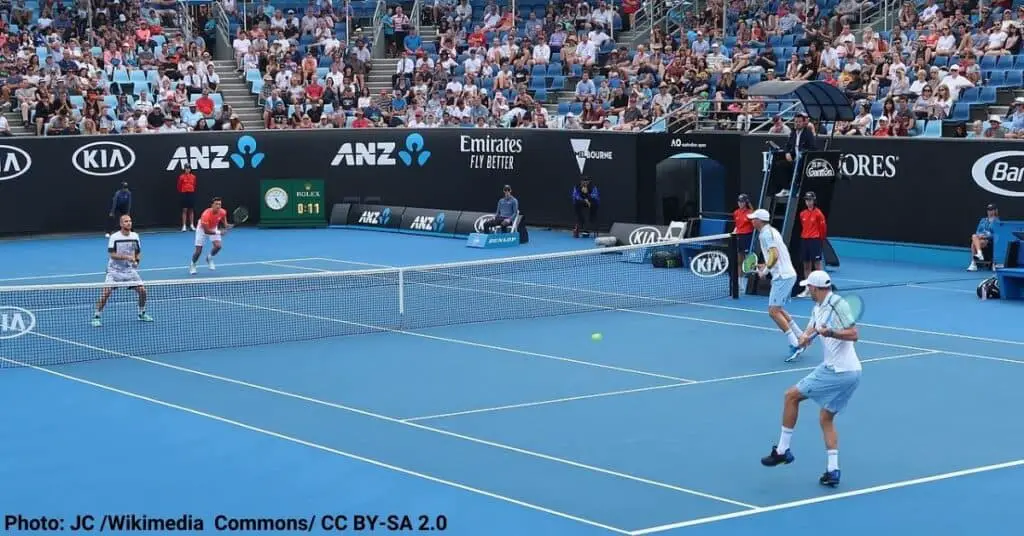
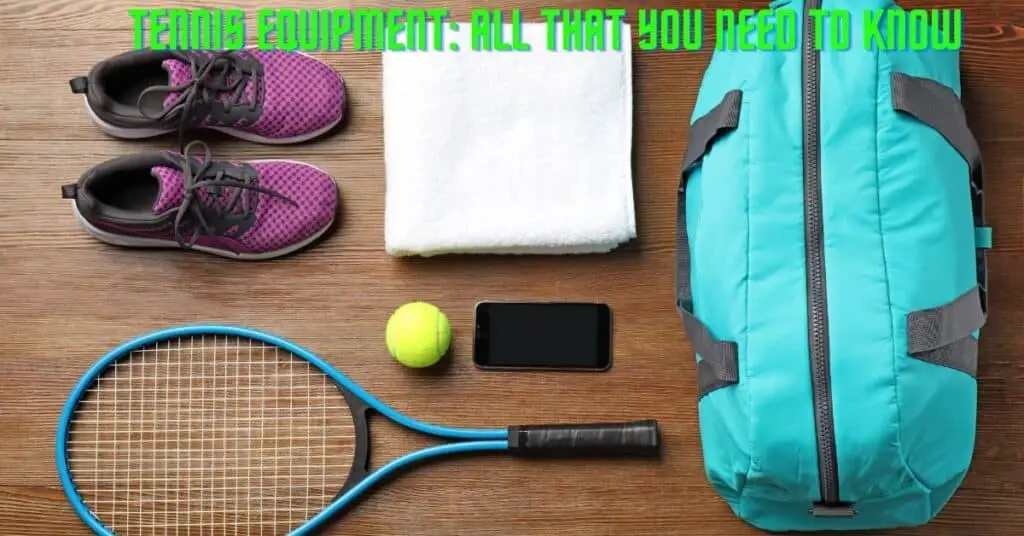
Great learnings from your side. Thanks for sharing
Thanks